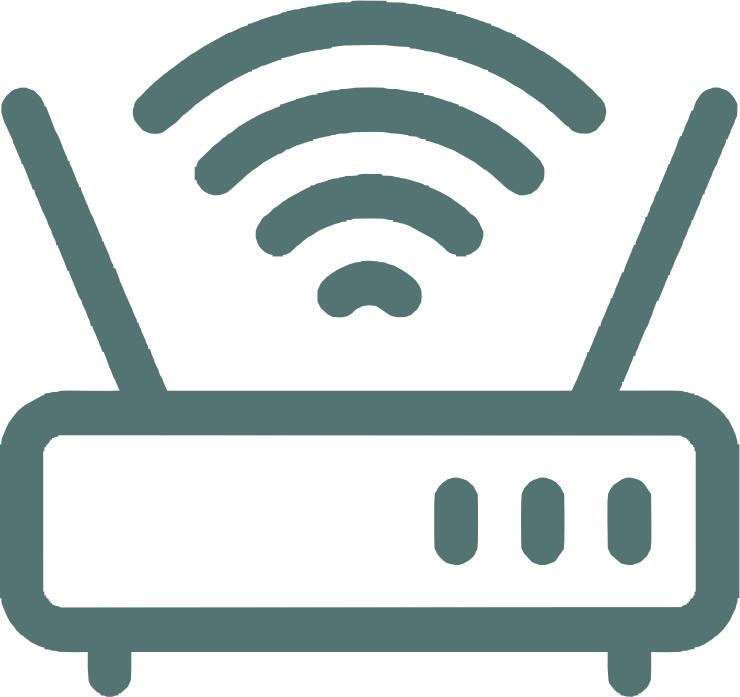



Watch for signs like slow performance, unexpected pop-ups, and use reputable antivirus software for regular scans.
Keep everything updated, avoid suspicious links, enable a firewall, and use safe browsing habits.
Run a full system scan with antivirus software, consider malware removal tools, and seek professional help if needed.
Regularly backup important data. Consult a professional for data recovery after a malware attack.
Backup data regularly, be cautious with email attachments, use security software with anti-ransomware features, and keep everything updated.
Check system requirements, ensure sufficient disk space, and run the installer as an administrator. Disable antivirus temporarily if needed.
Close the installer, restart your computer, and try the installation again. If the issue persists, download a fresh copy of the installer or check for updates.
It depends on the software license agreement. Some allow installations on multiple devices, while others may require separate licenses for each computer.
Error messages can result from incomplete downloads, corrupted installation files, or compatibility issues. Double-check the source, redownload if necessary, and verify compatibility.
It’s a good practice to restart your computer after installing software, as it ensures that changes take effect and the program operates correctly.
Restart, check for updates, and ensure your hardware meets requirements.
Use the built-in recovery option; check the user manual for guidance.
Restart, check connections, disconnect peripherals, access the boot menu, or refer to the user manual
Back up, follow upgrade instructions carefully to minimize data loss risk.
Update, scan for malware, consider system restoration, or seek professional help.
Check Wi-Fi is on, verify network credentials, and restart router and computer. Update Wi-Fi drivers if needed.
In command prompt/terminal, type “ipconfig” or “ifconfig” and look for the “IPv4 Address.”
Restart router, check for bandwidth-hogging apps, update network drivers, and consider using Ethernet.
Enable file sharing, check network discovery settings, and ensure devices share the same workgroup or homegroup.
Change Wi-Fi channel, minimize electronic device proximity to router, check for IP address conflicts, and use diagnostic tools if needed.
Visit the official website of the printer or scanner’s manufacturer. Download the latest drivers and follow the installation instructions provided.
It’s recommended to install drivers for optimal performance. Without them, your printer or scanner may not work correctly, and certain features may be unavailable.
Double-check the connections, restart your computer, and ensure the correct driver is installed. If the issue persists, consider reinstalling the drivers.
Yes, drivers are often designed for specific operating systems. Make sure to download the correct driver version compatible with your operating system
It’s a good practice to check for driver updates regularly, especially when you encounter issues or when upgrading your operating system. Updated drivers can improve performance and compatibility.
Yes, most printers offer wireless installation. Follow the printer’s manual or on-screen prompts for wireless setup.
Check connections, ensure the device is on the same network, and restart if needed.
Stabilize the network, update firmware, and consider assigning a static IP address.
Use correct credentials, update settings, and review network security configurations.
Open the email app, add your account, enter credentials, and follow the prompts.
Check username, password, and email settings; ensure proper configuration.
In email settings, connect with productivity tools using relevant account details.
Yes, check the tool’s settings or integrations section for email connection.
Verify credentials, review settings in both apps, and check for updates.
Restart your router, minimize interference by placing the router in a central location, and consider changing the Wi-Fi channel in the router settings.
Set a strong password, enable WPA3 encryption, and update your password regularly.
Our experts tackle a myriad of issues, including device recognition problems, driver installation glitches, and compatibility challenges.
Say farewell to connection failures, software conflicts, and incomplete installations.
We address administrator privilege concerns, network configuration issues, and even hardware malfunctions.
Rest easy knowing that firmware updates and driver compatibility with software applications are seamlessly handled by our skilled technicians. Choose our service for a smooth, trouble-free printing and scanning experience.
